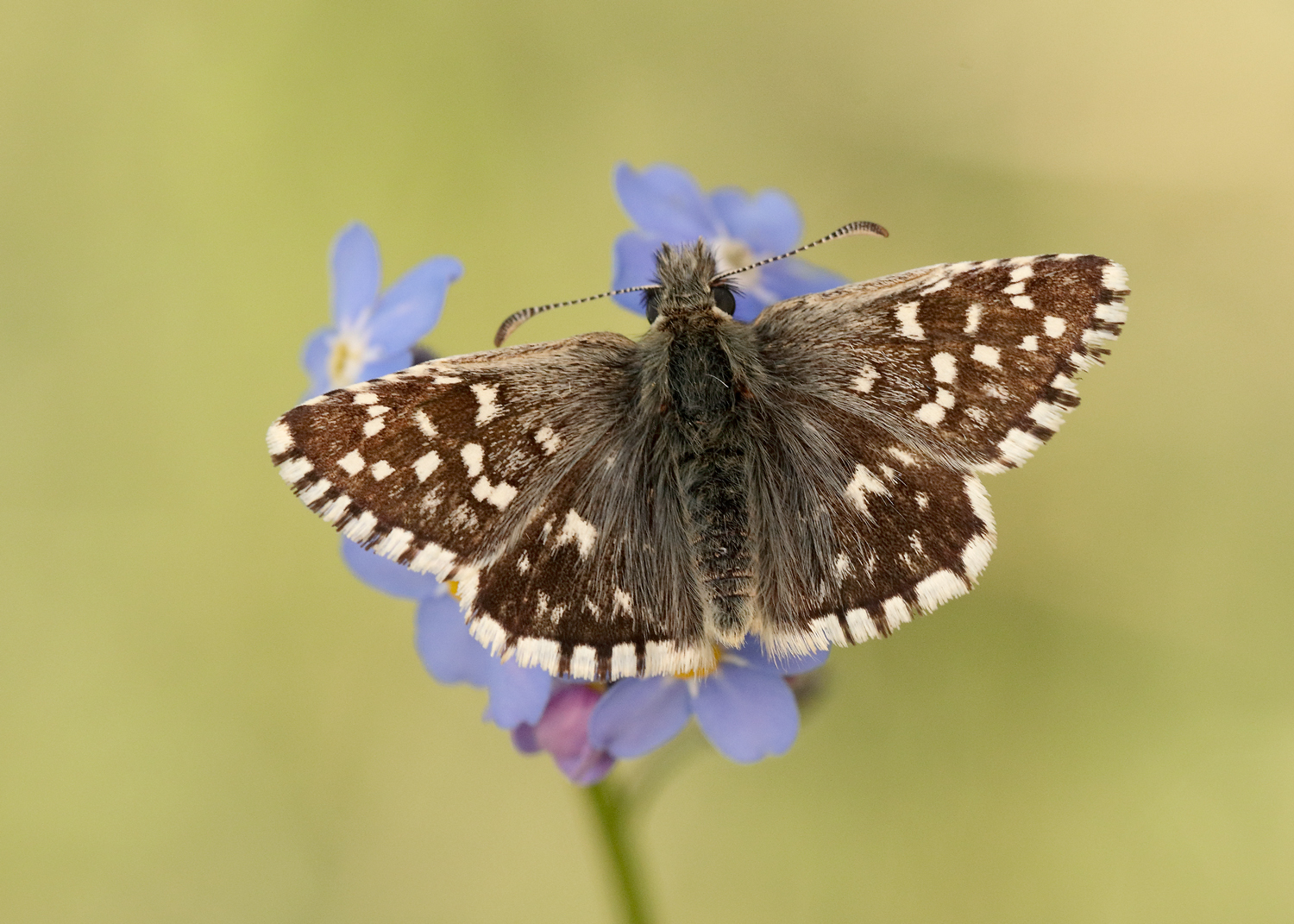
The image of a butterfly dancing from flower to flower is one that, for many of us, instantly transports us back to childhood.
But wildlife and conservation experts are warning that iconic butterflies such as the Small Tortoiseshell, Red Admiral and Small Copper are in decline in the UK.
Indeed, research shows 76% of the UK’s resident and regular migrant butterflies, and two-thirds of our larger moths, are dwindling, with climate change among the main reasons cited.
The Small Tortoiseshell, with its distinctive orange and black markings, has decreased by 63% over the past 40 years, while Small Copper numbers have also decreased by over 50% in the same period. Sir David Attenborough, who is president of the Butterfly Conservation charity, explained: “Butterflies’ ongoing decline tells us all is not well in the British countryside.”
Anthony McCluskey, from Butterfly Conservation Scotland, said there was plenty we could do to help boost butterflies, however.
“In Scotland, species which used to be very common have declined very rapidly, and are almost extinct in some places,” he said.
“There are more than 30 species to spot, but in our gardens you’re more likely to see six or seven different ones.
“The most commonly recognisable butterflies are the Small Tortoiseshell and Peacock butterflies, but those over a certain age may have noticed they saw a lot more of them in the ’70s and ’80s and not as many now.”
In an attempt to log, count and monitor the fluttering population, Butterfly Conservation is encouraging nature lovers to take part in the 10th annual Big Butterfly Count, which begins next week.
And with the winged insect a key indicator of the health of our ecosystem, Sir David added: “It is vitally important we gain a clearer picture of how our butterflies are faring.
“The Big Butterfly Count is more than just counting butterflies – we’ll be taking the pulse of nature.”
Running from Friday until August 11, the survey asks participants to spend 15 minutes looking for butterflies, logging sightings on their website or the dedicated app with the help of a downloadable ID chart. Last year, more than 100,000 people counted almost one million butterflies, and the charity says it’s never been more important to get outside and see what we can spot.
It is not all bad news, however, as the UK’s warmer climate has brought with it an influx of more exotic butterflies.
Anthony added: “There are other species which are increasing due to climate change.
“So, the picture isn’t entirely clear, and that’s why the Big Butterfly Count is so crucial.
“Some gardeners don’t necessarily like butterflies because they can lay their eggs on plants such as cabbages and broccoli. But it’s key to remember how important they are for the ecosystem. For example, it takes about 40,000 caterpillars to raise just one nest of Blue Tit birds, which is incredible. For one nest, if there is 10 chicks, they eat 100 caterpillars per day, each.”
McCluskey also has tips on how to attract butterflies to your garden.
“For caterpillars we recommend planting Nasturtium, Sweet Rocket and unneeded cabbage and kale for all the white butterflies, and nettles and thistles for Small Tortoiseshell, Peacock and Red Admiral,” he said.
“Nectar plants for the adults are important, too.”
Download ID chart from bigbutter flycount. org

Enjoy the convenience of having The Sunday Post delivered as a digital ePaper straight to your smartphone, tablet or computer.
Subscribe for only £5.49 a month and enjoy all the benefits of the printed paper as a digital replica.
Subscribe